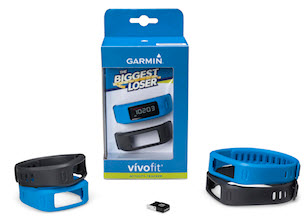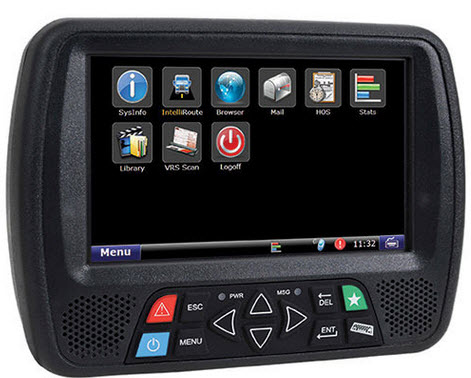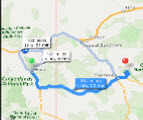Dronies are the worlds tiniest autonomous flying machines
1 October 2014

Dronies, one of the latest projects to release on Indiegogo are more than just flying toys for kids.
Dronies are flying quad copters that can fly and move in formation, dancing in sync with music played by a base station, a smartphone. Produced by Drovionics these the world's first production level autonomous dancing drones.
Dronies are capable of indoor formation flying without the aid of any external sensors or on-board infrared sensors. The creators of the drones intend this to be the first step in developing the core technologies to "humanize" civilian drones.
The proof of concept is an attempt to humanise drones enabling them to navigate indoor spaces and carry payloads. There are several features that will attract users who wish to use them for fun. They look cute, wear headphones and sunglasses and have a smile. They fly together alongside humans. But there is a serious side to this concept.
Drone avionics are becoming a must-have for many industries. Amazon are investigating using drones to deliver parcels, Airdog can track and follow you wherever you go and air drones such as Skycatch currently aerially inspect damage to pipelines and buildings.
These drones flock together autonomously. The Nano drones do not need GPS on-board or external sensors. Drovionics say that it is imperative that drones can "operate independent(ly) of continuous human supervision".
The drones are intended to form part of the evolutionary path towards collision free self-navigation flights that enable the drone to fly independently.
Designed for indoor flying, the 2.4 GHz transmitter signal strength extends up to 30 metres. The recommended "dancing" distance from the controller is between 2-10 metres.
You can manually choreograph the dancing and control their flight if you are an experienced radio control pilot who is skilled at 6-axis aerial acrobatics.
David Bell, co-founder of Drovionics says that at the present time the preferred Dronie color is yellow, but if the company reaches its next stretch goal the options will be yellow and black and yellow.
You can choreograph your own dance moves, and share it with your social network, but you cannot physically change the drone itself.
The slightest body alteration may affect their balance and interfere with their flying. They already have a headphone on their head so there is no scope for a hat or further customisation.
The Indiegogo project has already raised over a third of its $10,000 target which will enable it to move to the next stage of its development. There are distributor packs and licences for serious investors.
With their co-ordinated flying and navigation abilities, it will not be long before small drones carrying payloads inside your place of work will become the norm. Watch this space. Dronies, and their evolutionary offspring will be part of our every day life in just a few years.
Perhaps the next generation of Nano delivery drones will wear hats — just like their human counterparts. I do hope so...
Source
Dronies are flying quad copters that can fly and move in formation, dancing in sync with music played by a base station, a smartphone. Produced by Drovionics these the world's first production level autonomous dancing drones.
Dronies are capable of indoor formation flying without the aid of any external sensors or on-board infrared sensors. The creators of the drones intend this to be the first step in developing the core technologies to "humanize" civilian drones.
The proof of concept is an attempt to humanise drones enabling them to navigate indoor spaces and carry payloads. There are several features that will attract users who wish to use them for fun. They look cute, wear headphones and sunglasses and have a smile. They fly together alongside humans. But there is a serious side to this concept.
Drone avionics are becoming a must-have for many industries. Amazon are investigating using drones to deliver parcels, Airdog can track and follow you wherever you go and air drones such as Skycatch currently aerially inspect damage to pipelines and buildings.
These drones flock together autonomously. The Nano drones do not need GPS on-board or external sensors. Drovionics say that it is imperative that drones can "operate independent(ly) of continuous human supervision".
The drones are intended to form part of the evolutionary path towards collision free self-navigation flights that enable the drone to fly independently.
Designed for indoor flying, the 2.4 GHz transmitter signal strength extends up to 30 metres. The recommended "dancing" distance from the controller is between 2-10 metres.
You can manually choreograph the dancing and control their flight if you are an experienced radio control pilot who is skilled at 6-axis aerial acrobatics.
David Bell, co-founder of Drovionics says that at the present time the preferred Dronie color is yellow, but if the company reaches its next stretch goal the options will be yellow and black and yellow.
You can choreograph your own dance moves, and share it with your social network, but you cannot physically change the drone itself.
The slightest body alteration may affect their balance and interfere with their flying. They already have a headphone on their head so there is no scope for a hat or further customisation.
The Indiegogo project has already raised over a third of its $10,000 target which will enable it to move to the next stage of its development. There are distributor packs and licences for serious investors.
With their co-ordinated flying and navigation abilities, it will not be long before small drones carrying payloads inside your place of work will become the norm. Watch this space. Dronies, and their evolutionary offspring will be part of our every day life in just a few years.
Perhaps the next generation of Nano delivery drones will wear hats — just like their human counterparts. I do hope so...
Source
24.09.2014




